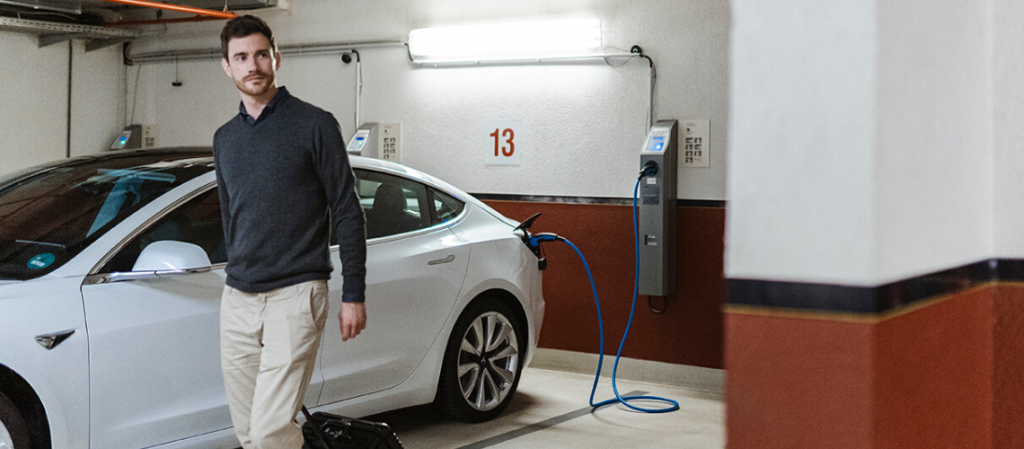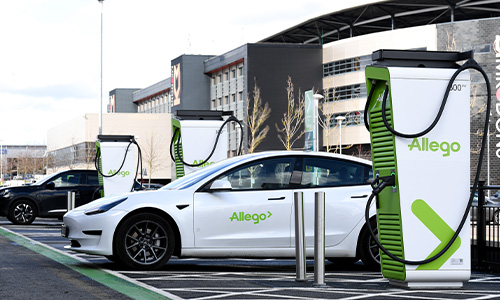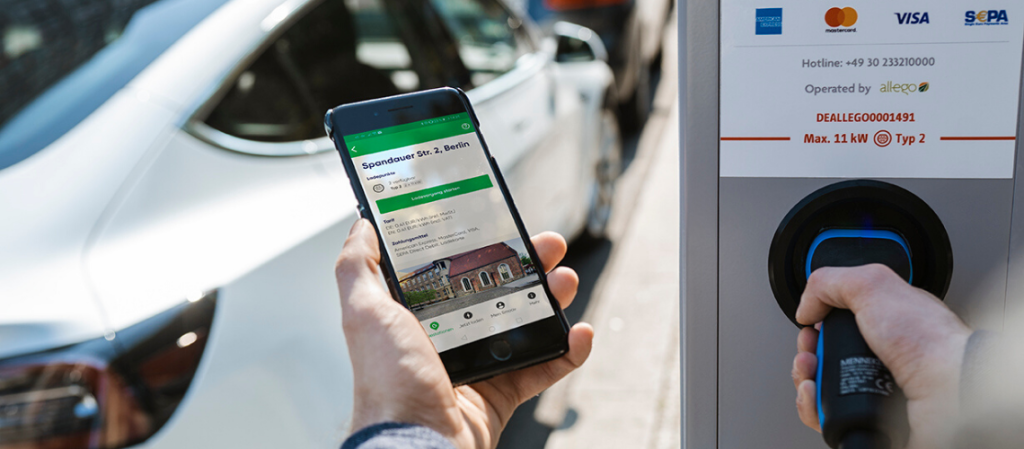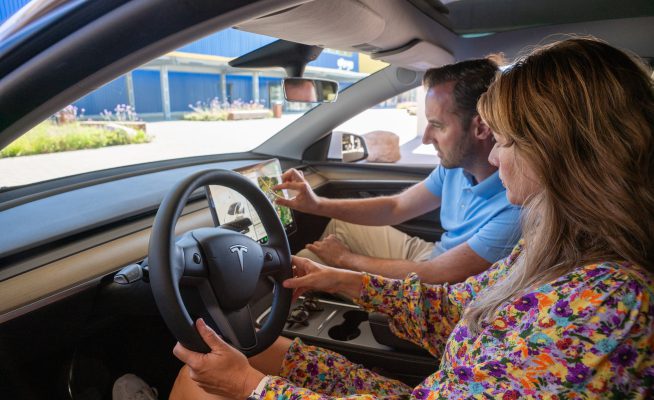

In just 20 years it is expected that half of the amount of passenger cars in most parts of Europe will be electric. Even today almost everyone knows someone that drives an electric car. Electric bikes and scooters are growing in popularity. Municipalities are electrifying public transport and your e-commerce deliveries are increasingly brought to using electric vans and trucks. All tell tale signs that mobility in Europe is electrifying rapidly! In this article we will delve into the growth in market share, the outlook for the next 20 years and the issues influencing mass adoption like the Covid-19 pandemic. Will this slow down or accelerate the use of electric vehicles in Europe?
What influences the EV market growth
There are many variables that influence the market growth of EV. Price parity between EVs and internal combustion engine vehicles is one of them. Price parity in Europe is expected by the mid 2020s in most segments. Until then, government incentives and regulations – like the CO2 regulations in Europe – are needed to stimulate the market. It is expected that sales will rise quickly as soon as prices of new EVs are equal to new internal combustion vehicles.
The growing availability of EVs themselves is also a major driver. Growth is expected as compelling new EV models are hitting the market. Especially now the cost of a new EV is expected to drop due to the continuing fall of battery prices. By 2024 battery prices are expected to go below $100/kWh due to the introduction of new cell chemistries, manufacturing equipment and techniques. Finally, the availability of public charging stations influences the buying decision. Especially for those individuals who do not have the ability to install a homecharger at their driveway or can charge at work. With the expansion of public charging networks, more people will be able to charge – and drive – an EV.
EV charging outlook
The availability of charging stations is of major influence on the EV market share. It is calculated that by 2040, 290 million charging stations are needed globally to support the growing EV fleet. Home and office charging is by far the largest category. It is expected that next to that, 12 million public charging stations are needed as the number of EV drivers with home charging options saturates. To date, almost 1 million public charging stations are installed. This amount rises much faster in Europe and China than elsewhere. Home, workplace and private commercial charging account for 78% of all investment. As it is expected that the majority of EVs will be charged at home during the night or at the office at daytime.

At public charging stations, the majority of the connectors will be 11kW. For fast charging 150 kW is expected to become the speed of choice, while ultrafast chargers of 350 kW play a smaller role. This indicates that fast charging during a trip will only be done when the range of the EV is insufficient. And the majority of public charging stations will be needed for regular charging overnight.
Short term outlook
Due to the European CO2 targets for the automotive industry, new EV models are entering the market rapidly having a positive effect on the availability and mass adoption. There are more registrations of new EVs in 2020 as car makers have moved delivery from 2019 to 2020 as much as they could to meet with the new CO2 targets this year. It is expected that the Covid-19 pandemic will cause global passenger vehicle sales to drop by 23% and EV sales to drop – for the first time in its existence – by 18%. EV sales are holding up better than combustion engine sales in most markets due to the backlog of orders, new models and government policies. For most car manufacturers timelines in Europe remain largely unchanged, having a positive effect on the market.
Another positive effect of Covid-19 is that more people started to care about the environment, potentially accelerating the mass adoption of EV. We all enjoyed the incredible clean air the past few months, right?!
#KeepDrivingForward
* Data source Bloomberg Electric Vehicle Outlook 2020






